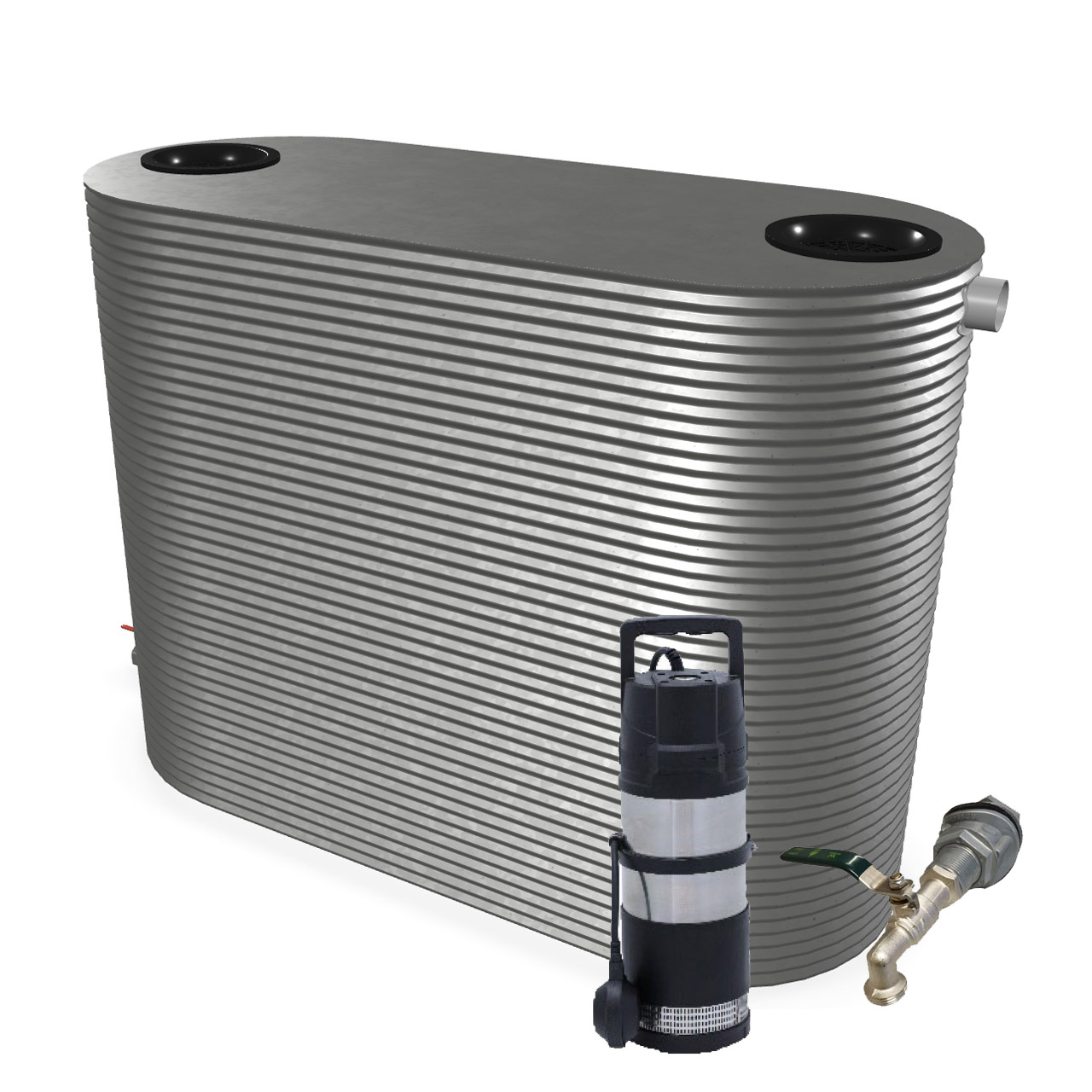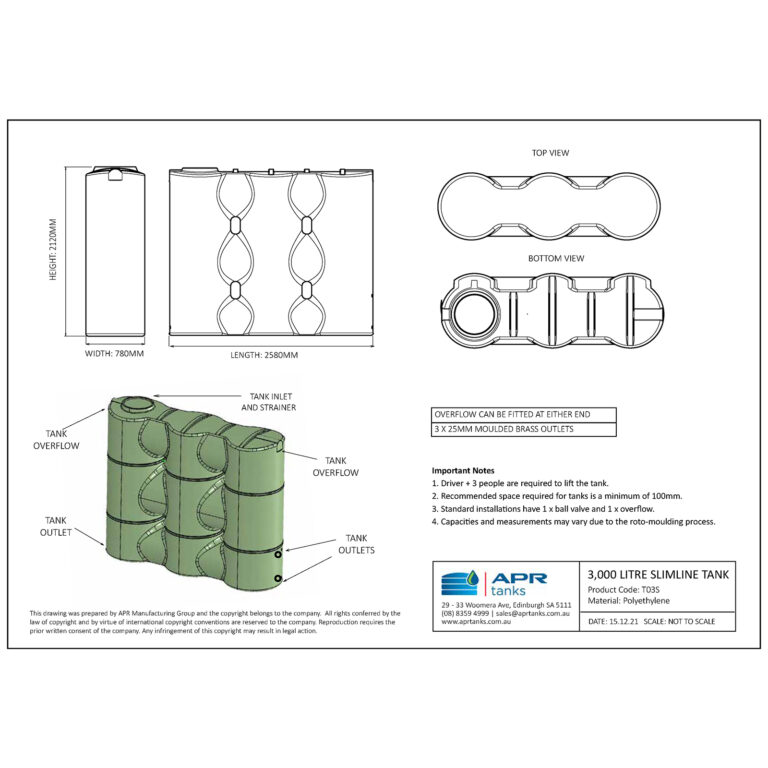Comprehending the Value of Rainwater Containers in Drought-Prone Regions for Water Protection
In regions at risk to long term droughts, the duty of rainwater storage tanks in boosting water security is a topic of expanding importance. As neighborhoods grapple with the obstacles of water deficiency, recognizing the importance of these storage tanks exceeds plain collection of rain. Rain tanks function as a crucial device in reducing the impact of water shortages by supplying a lasting resource of water for different needs. Nonetheless, truth value of rain containers extends far beyond plain storage space; it incorporates resilience-building actions and the promo of lasting water conservation methods. This complex method to water security warrants a better exam of the duty rain containers play in making sure a dependable water during times of drought.
Benefits of Rain Storage Tanks
Using rainwater containers provides a lasting solution for boosting water supply and improving water security in property and commercial setups. One of the key benefits of rain tanks is their capability to decrease reliance on mains water supply.

Rainwater Harvesting Strategies
Rainwater harvesting strategies encompass a variety of approaches made to effectively gather and keep rainwater for numerous functions, contributing to water conservation and sustainability. One common strategy is the installation of rooftop catchment systems, where rain is collected from the roofing of a structure and routed to a storage space tank. This technique is fairly basic and economical. One more popular method is using above-ground or below ground storage space containers to store rain for later usage. These containers come in numerous sizes and materials to fit different demands and can be attached to the existing pipes system for very easy gain access to.

Additionally, rain gardens and permeable pavements are innovative strategies that involve landscape design or paving surfaces in a means that allows rain to percolate into the ground, renewing groundwater books. In addition, contour farming and terracing are agricultural techniques that assist record rainwater and avoid dirt disintegration in uneven terrain. By applying these varied rain harvesting techniques, neighborhoods can enhance water protection and resilience in drought-prone areas while promoting lasting water monitoring methods.
Relevance of Water Safety
Making certain dependable accessibility to clean and enough water sources is vital for sustaining human wellness, economic advancement, and environmental wellness. Water security is a crucial facet of societal resilience, specifically in regions vulnerable to dry spells and water shortage. Sufficient water safety encompasses various dimensions, including availability, top quality, and accessibility of water for domestic, farming, commercial, and environmental demands.
Water safety plays a critical duty in promoting public health and wellness by reducing the occurrence of waterborne illness and guaranteeing hygiene facilities. Economically, water security is necessary for agricultural performance, commercial operations, and total economic development. Slimline water tanks. Additionally, water protection is carefully linked to ecological sustainability, as it supports communities, biodiversity, and general eco-friendly balance.
In drought-prone regions, water security comes to be also more important due to the increased threat of water shortages. Implementing methods like rainwater harvesting, water recycling, and reliable water management methods can dramatically enhance water protection in these locations. By prioritizing water safety, neighborhoods can better stand up to the effects of environment adjustment, population growth, and useful reference various other challenges that endanger water availability.
Enhancing Water Strength
With raising worldwide water obstacles, constructing resilience in water supply has become a vital focus for lasting development initiatives. Enhancing water resilience involves carrying out techniques to ensure water schedule and high quality when faced with altering environmental conditions, such as droughts, floods, and pollution.
One key element of improving water resilience is advertising making use of rainwater tanks in drought-prone regions - Slimline water tanks. Rain containers serve as a reliable means of capturing and saving rainwater for later usage, lowering reliance on scarce freshwater sources throughout completely dry durations. By incorporating rain harvesting systems into water monitoring strategies, areas can enhance their ability to endure water deficiency and preserve water security

Sustainable Water Preservation
Among intensifying water difficulties, the prudent management of water resources through lasting preservation methods is critical for making sure long-lasting ecological stability and social health. Sustainable water preservation requires the reliable use of water resources to satisfy existing needs without jeopardizing the ability of future generations to meet their very own needs. By applying techniques such as rain harvesting, greywater recycling, and water-efficient technologies, areas can reduce water waste and page alleviate pressure on freshwater sources.
Furthermore, sustainable water conservation methods contribute to ecosystem health and wellness by maintaining appropriate water levels in rivers, lakes, and wetlands, sustaining biodiversity, and preserving natural environments. These methods likewise play a critical duty in reducing the impacts of environment change by helping to adapt to changing rainfall patterns and water availability.

Verdict
Finally, rainwater containers play an essential duty in check out this site enhancing water safety and security and strength in drought-prone areas. By making use of rainwater harvesting techniques, communities can minimize their reliance on typical water sources and promote lasting water conservation practices. This not just helps alleviate the impacts of water shortage during dry spells but likewise adds to lasting water safety and durability when faced with climate adjustment obstacles.